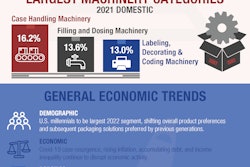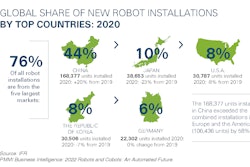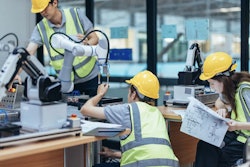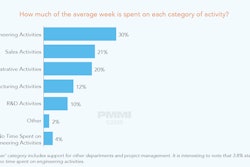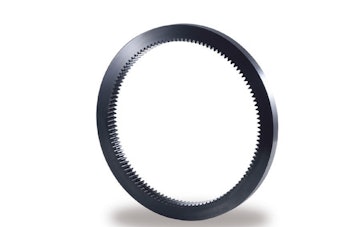
Robotics programming has previously required the specialized skills of an employee or even a team of employees. But most OEMs and CPGs agree the newest generation of robots are becoming increasingly easy to program and integrate, according to PMMI Business Intelligence's 2022 report "Robots and Cobots – An Automated Future." While the technology is trending in the right direction, further improvements are in high demand.
A major hurdle noted by OEMs and CPGs is the need for a common programming language. “Suppliers need to open up the software platforms, so programming continues to get easier,” a mechanical robotic engineer at an OEM says.
Some software vendors and machine builders recognize the necessity of accessible and compatible “open” platforms, moving away from “black boxes” that lock machine builders into a specific solution. A truly open platform can simplify the installation, programming, and operation of multiple robots on the same line, even when they originate from different vendors.
An engineering representative at an SME beverage company concurs, “programming has gotten easier and the software we use from different suppliers communicates well, but having a common language would be helpful.” While a universal language would be ideal, one national business development manager at a packaging segment OEM says the technology is “years away from reality.”
Another area for improvement is an easier user interface with a single point of data entry. As a lead engineer at a robotics manufacturer says, “Some of the new GUI based programming is great, but some of the old text-based programming is cumbersome… the challenge is knowing how to access certain commands and features.”



